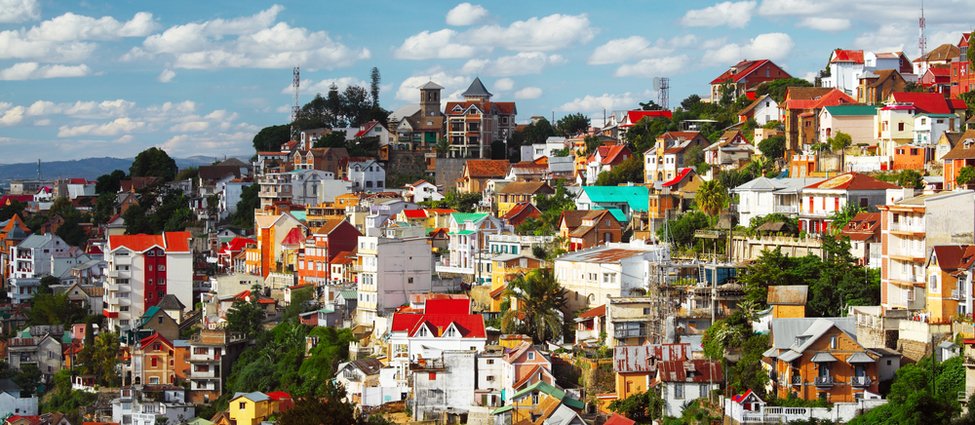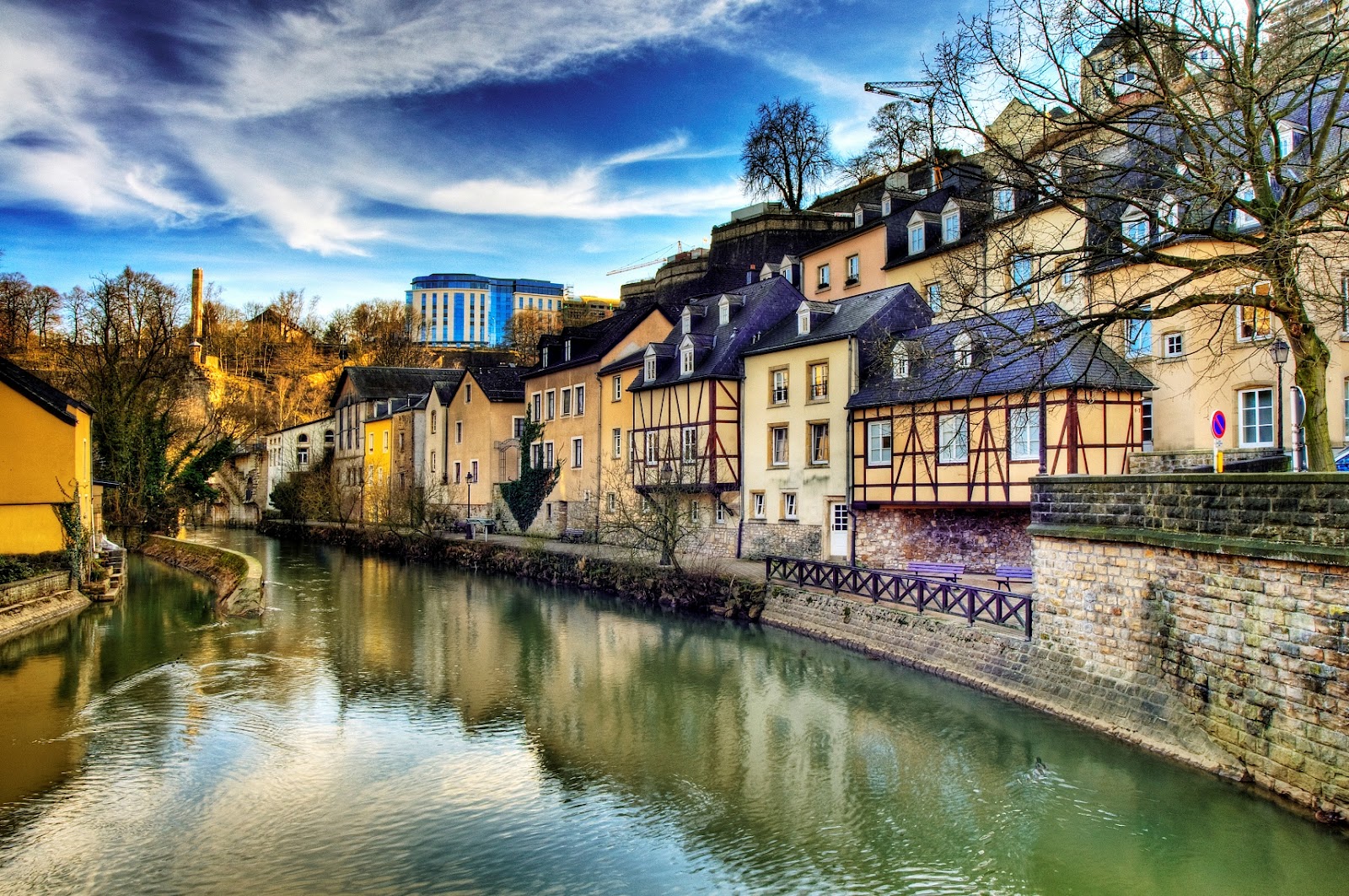Lagos to Abuja in 3 hours – the Buhari trains are coming
Nigeria is one of the biggest countries in Africa by landmass alone and traveling from one end to another by road can be one of the most grueling experiences a visitor or tourist can ever experience. The roads seem to go on forever, winding through forests, around hills and valleys and over rivers. Granted the experience can be quite exciting with the many sights and opportunities for photos, but for a traveler intent on getting to point B from point A as quickly and with as much comfort as possible, captivating sights may be the least worry. The railway system offers an opportunity to commute from across the length and breadth of the country at low rates, often lower than that of road transport and at an even faster and more comfortable conveyance.
RELATED: Book Hotels in Karu Now
The Nigerian railway system
Nigeria had operated a defunct railway system for many years before the beginning of the President Olusegun Obasanjo administration. This administration decided to refurbish the existing network which formerly connected Lagos to Nguru in Yobe state and Port Harcourt to Maidugri. While both lines were only the major parts of the network, they however consisted of the most comprehensive routes cutting from south to north. The railway however operated on the old narrow gauge track and took longer than road travel to get from one point to another. Refurbishing this network was not going to solve many problems, as it would only provide a slower, albeit cheaper alternative to road travel. The government needed to find an alternative that would challenge air travel. Enter the standard gauge fast rail proposed by the China Civil Engineering Construction Company currently being engaged to refurbish the existing routes. This standard gauge allowed the trains to hit faster speeds while being safer than the narrow gauge, and it was also the approved standard being used in developed countries the world over. The Nigerian government approved of the plans and work began to develop the country’s rail network on standard gauge.
Lagos to Abuja line – a part of the Lagos to Kaduna line
The old Lagos to Nguru line passed through Kaduna with a lighter rail line extending from Kaduna to Abuja. This line aimed to connect the federal capital at Abuja with the economic hubs of Kaduna and Lagos. The line however ran on the narrow gauge which even after being refurbished and opened in 2012 – this time running all the way from Lagos to Kano in over 1,126km of track – was not sufficient to cater to the needs of the people. Hence another line needed to be constructed on the standard gauge. The Kaduna – Abuja rail was completed in record time and opened earlier this year (2015). In february 2015, the Minister of Transport Senator Idris Umar announced that preparations were being made for a rail line to connect the 615km distance between Lagos and Abuja.
This way, while a narrow gauge line ran from Lagos – Kaduna – Kano with another running from Kaduna – Abuja, the standard gauge rail line would run from Lagos – Abuja – Kaduna with a lighter rail from the station in Iddo, Lagos heading to the Murtala Mohammed airport and another lighter rail from Wuye, Abuja to the Nnamdi Azikiwe airport.
Specs of the Lagos – Abuja trains
- It would take three (3) hours to move between Lagos and Abuja
- The fast trains would cover the distance at 200 – 250kmph
- The railway intends to compete favourably with other transportation networks to and fro Lagos and Abuja
- The railway would be opened in 2018
- The project would be private sector driven and would provide jobs for over 5,000 people
The Buhari trains
The railway system was the hallmark of the past administration’s efforts at revitalizing the transportation sector. However, even though the administration lost the elections held in this year (2015), the federal government seems poised to retain the contractual agreements with partners and keep to the timetable of launching the rail line in 2018 as earlier promised. The majority of Nigerians are not concerned about how the train is eventually launched but rather remain poised for the construction to begin and the tracks to open so as to start enjoying the benefits of cheaper, durable, fast and safe transportation.


